Approximately 9,500 people in the United States are diagnosed with one of the four forms of skin cancer daily. Melanoma, the most invasive and severe form, is estimated to affect one in five Americans at some point in their lives. Its cases have been on the rise for the past 30 years, and compared to 1982, the number of people diagnosed with it in 2011 is twice as high.
Table of Contents
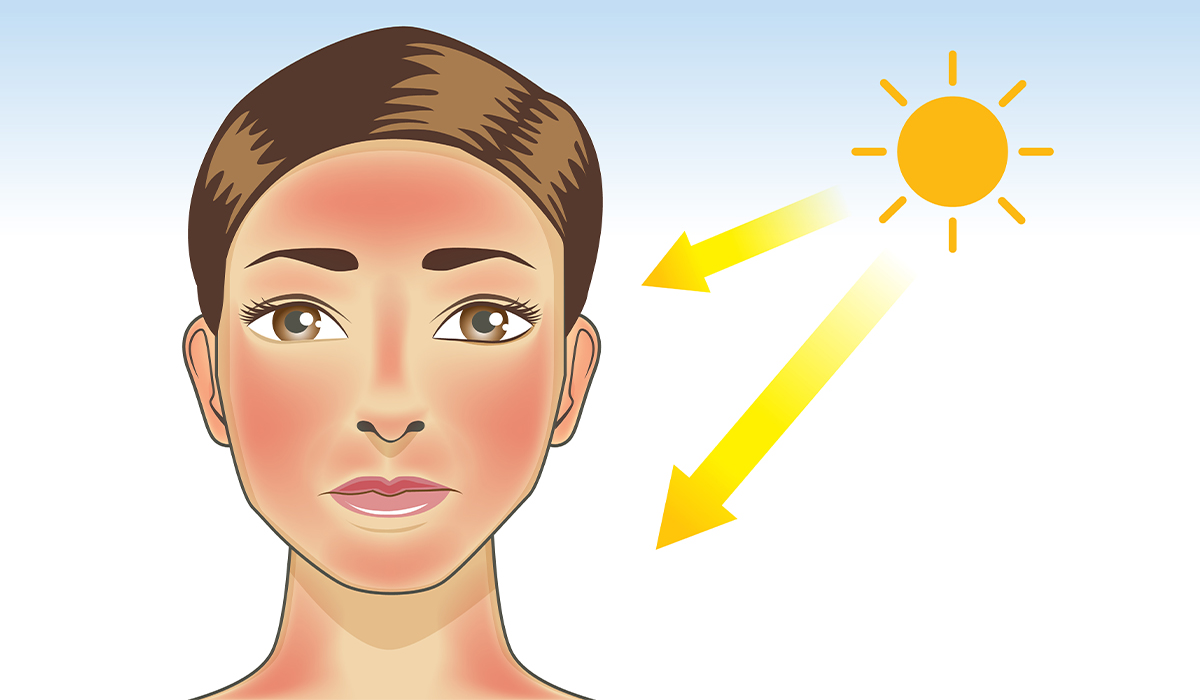
Sun Poisoning is a more severe form of sunburn. Additional distressing symptoms may occur. Learn about the effects of sun… read more »
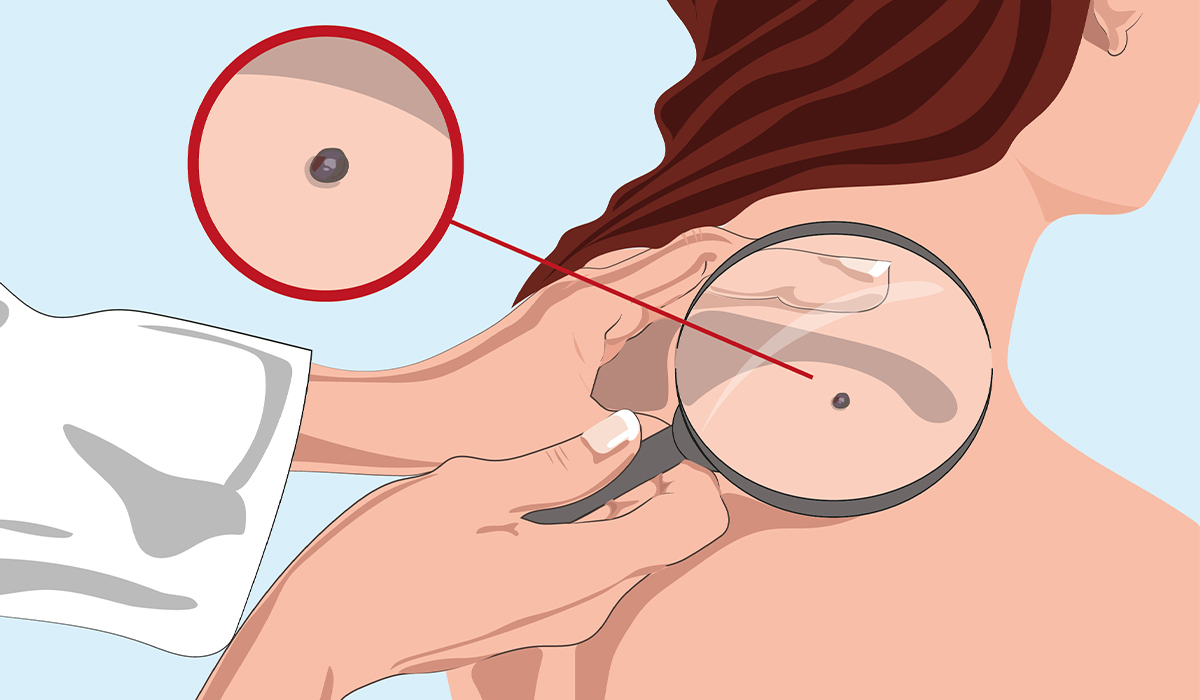
Skin cancer is an ailment in which skin cells develop exceptionally quickly and out of control. It happens because of… read more »

Sunburn is the result of the adverse and long-term effects of solar radiation on our skin. Are they dangerous? How… read more »
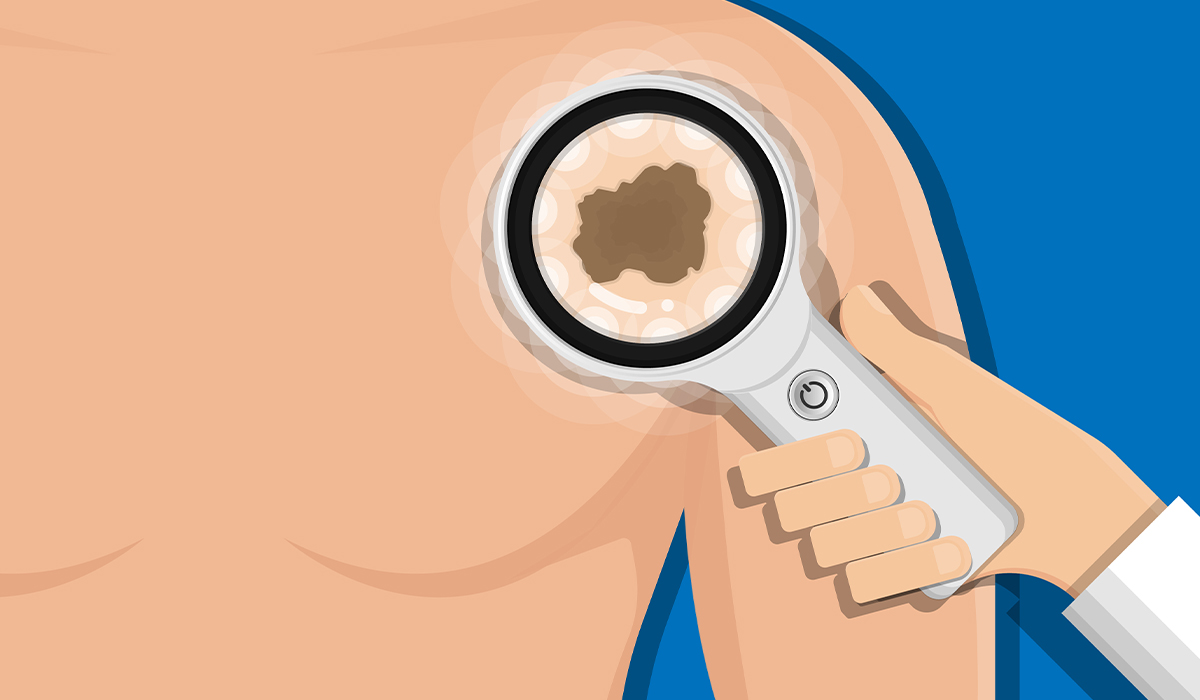
Squamous Cell Carcinoma is a type of skin cancer that comes from the squamous cells in the top layer of… read more »

Basal cell carcinoma (BCC) is a form of cancer that develops in basal skin cells. It usually appears on the… read more »

Albinism is a genetically determined disease. See how to spot the first signs of albinism. Learn about the risks associated… read more »
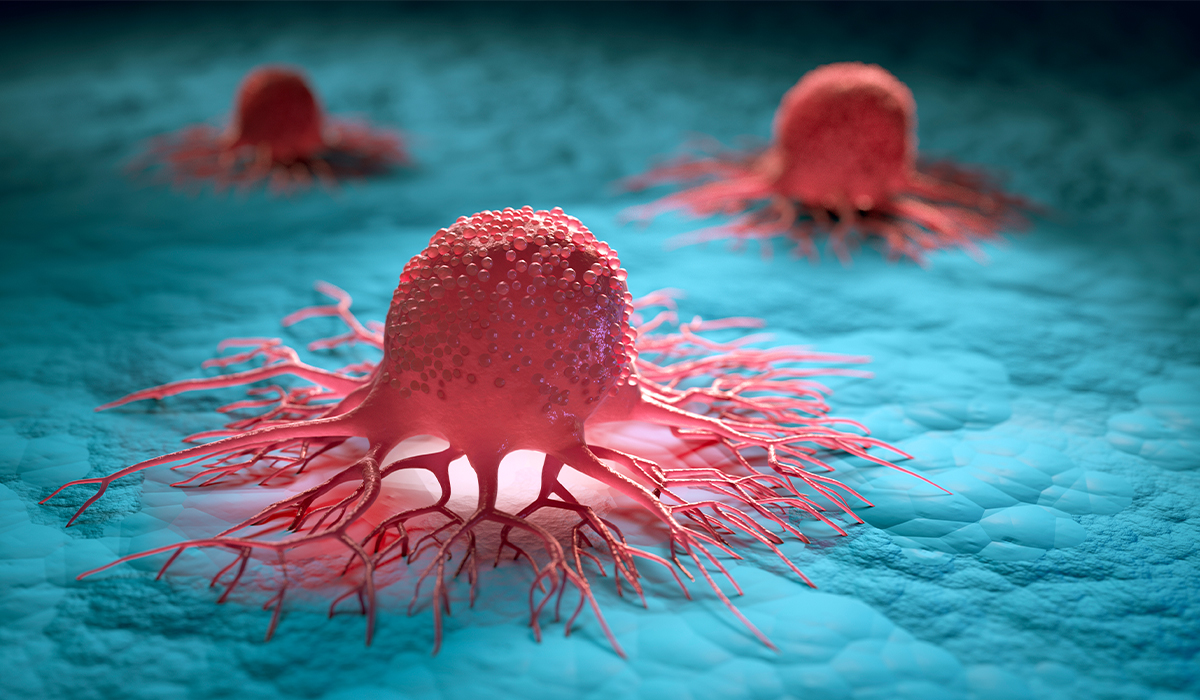
Cancer is the second most common cause of death in the US. It can affect any body part and spread… read more »

Breast cancer is one of the most common cancers worldwide. It most often affects women. How is it diagnosed? Who… read more »
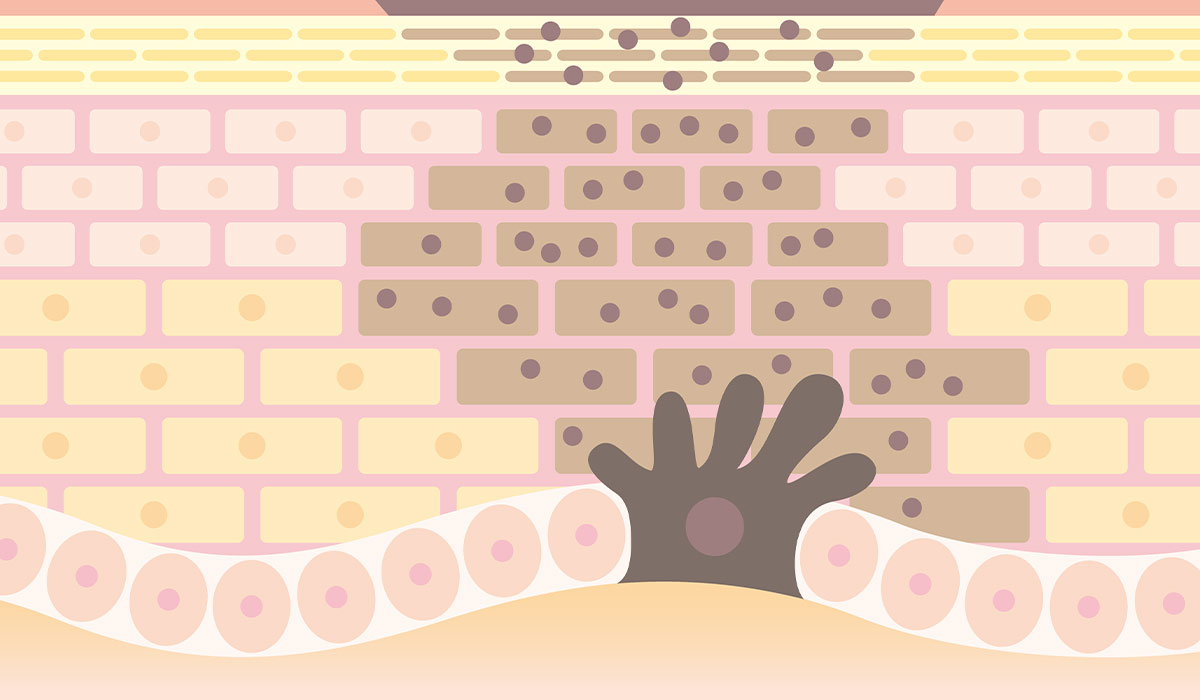
Melanins are a group of pigments responsible for the pigmentation of organisms. What happens when there are too few or… read more »